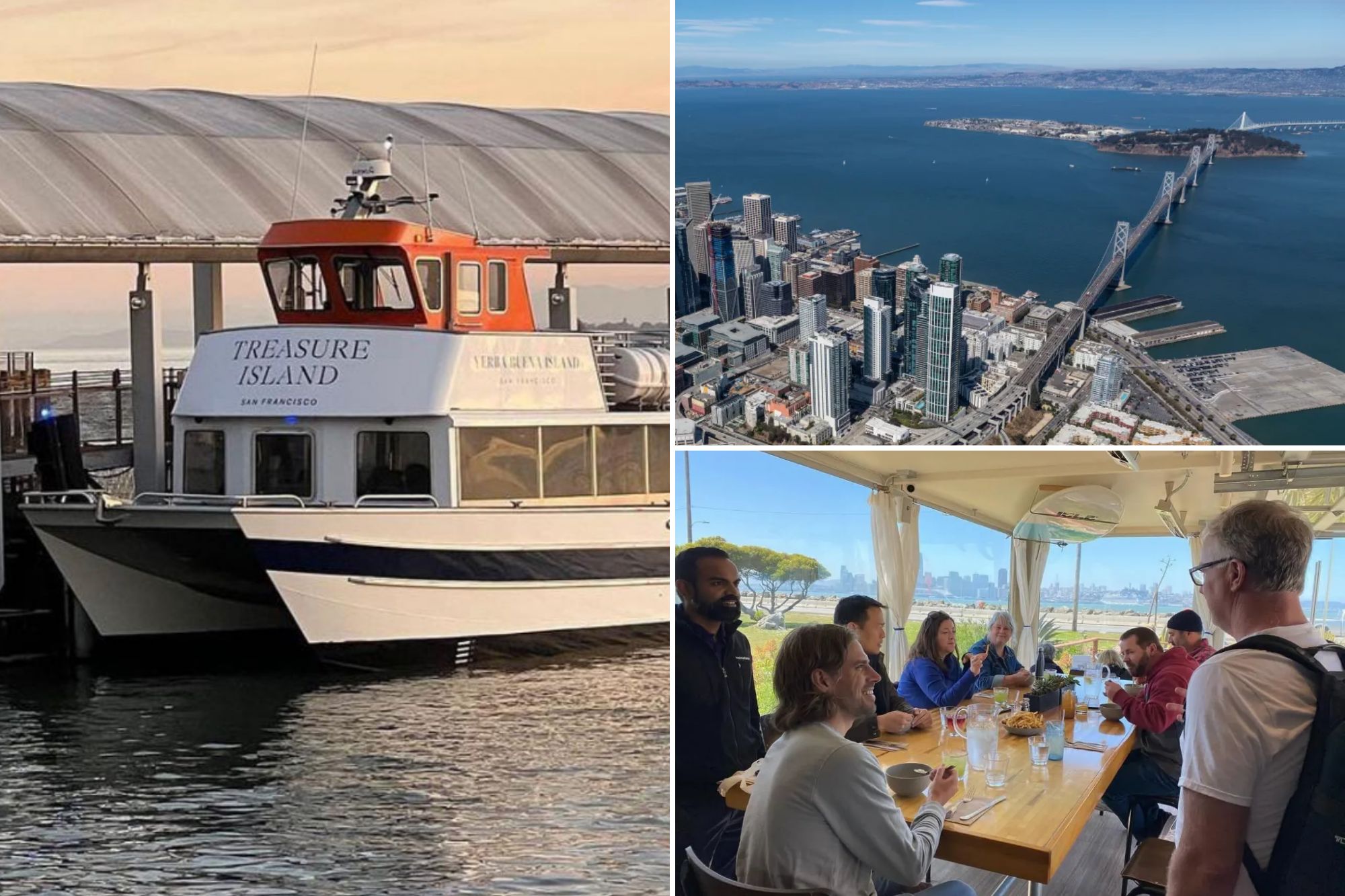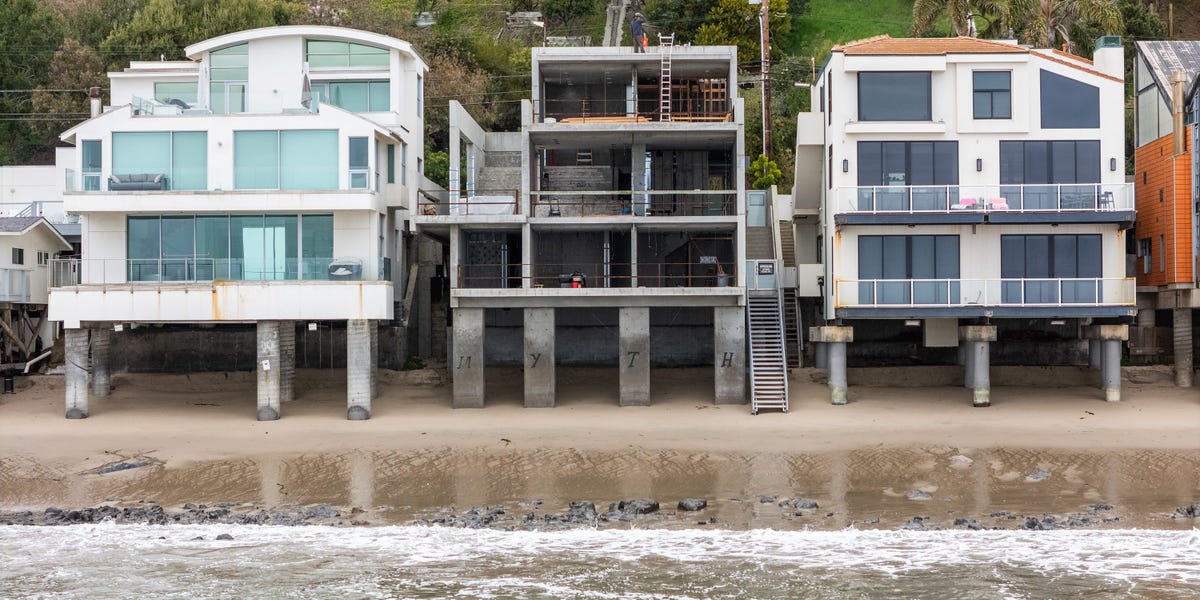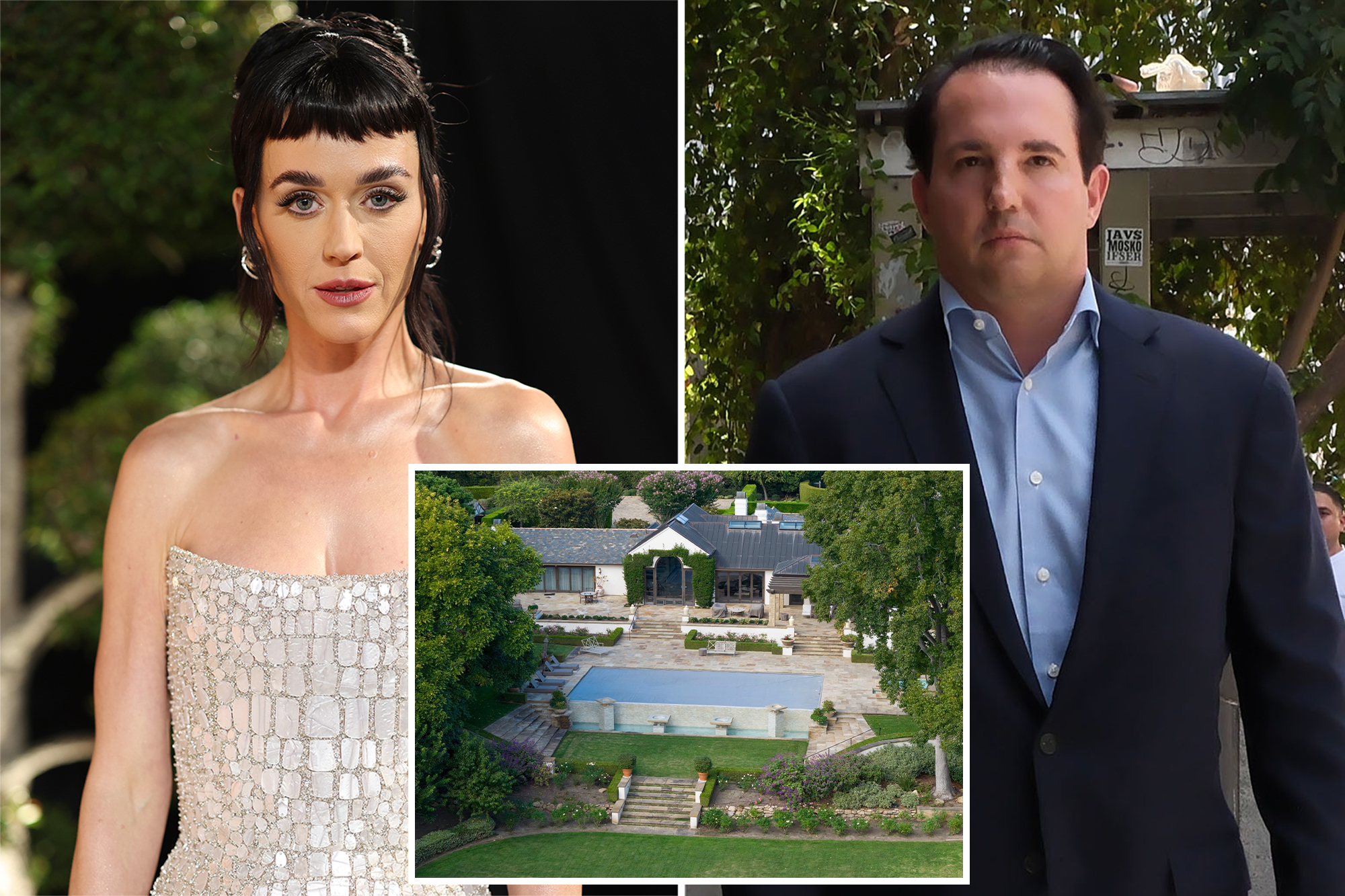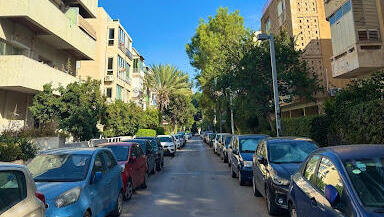T
reasure Island, a 400‑acre man‑made landmass off San Francisco’s coast, has long been a forgotten relic of the 1939 Golden Gate International Exposition and a 20‑year‑old naval base. After the Navy left in 1997, the island became a patchwork of abandoned structures, low‑income housing and a contaminated landfill, earning a reputation for poverty and unstable soil.
Today the island is the focus of the Treasure Island Master Plan, a $2 billion initiative that will add 7,000 new homes, 300 acres of parkland, 500 hotel rooms, a 400‑slip marina and a network of retail and transit. A new ferry will run every 15 minutes to downtown, replacing a single bus line, while a 490‑Avenue of the Palms luxury condo tower began selling units last fall.
The island’s appeal is amplified by events that have turned it into a social hotspot. Mersea, a shipping‑container restaurant that has topped Tripadvisor’s best‑restaurant list for six of the last seven years, draws foodies. Sunset Happy Hour on nearby Yerba Buna Island offers discounted cocktails with Golden Gate Bridge views. The annual Cake Picnic, which returned this year with 1,387 cakes, and Sunset Movie Nights have made the island a FOMO magnet for young professionals.
With a current population of 2,800, 61 % of whom are aged 18‑44 and a median age of 30—11 years younger than the city average—Treasure Island feels like a millennial startup in the middle of the Bay. Yet the redevelopment faces serious hurdles.
Radioactive contamination from the island’s naval past remains a concern, and the island’s foundation is largely mud and sand, requiring shoreline armor and drainage before sea‑level rise or a major quake threatens the new infrastructure. The island still has one of the city’s highest poverty rates, with 23 % of residents living below the federal threshold. Roughly 1,800 low‑income tenants occupy aging former Navy housing slated for demolition; they have been offered replacement units at the same rent or an $8,000 relocation payout, a move critics say resembles an eviction notice.
Another critical gap is the lack of a school. Treasure Island has had no public school for over two decades, and with only about 300 children under 18, the island’s prospects as a family‑friendly community remain uncertain.
Despite these challenges, developers are pushing forward, promising a diverse community with unprecedented open space, resource‑conserving technologies and a robust transportation network. The island’s transformation from a neglected naval base to a trendy enclave is underway, but its success will hinge on addressing contamination, poverty, infrastructure resilience and the need for family services.













